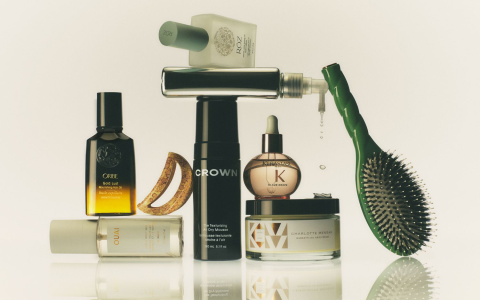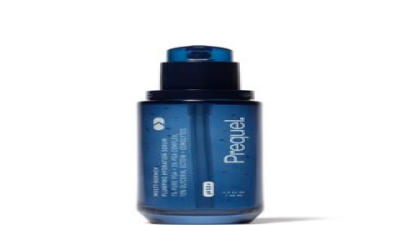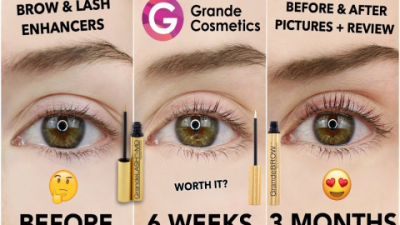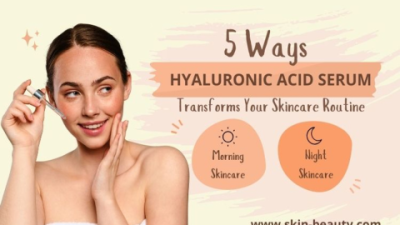If you've ever looked in the mirror and wondered why your hair looks like you stuck your finger in an electrical socket, you're definitely not alone. Frizzy hair has been the bane of existence for countless people, and honestly, finding a hair serum that actually works feels like searching for a needle in a haystack.
I've spent way too much time and money testing different hair serums, reading reviews, and talking to hairstylists about what really makes a difference. The good news? There are actually some fantastic products out there that can transform your unruly mane into something smooth and manageable. The bad news? You have to wade through a lot of disappointing options to find them.
What Actually Makes Hair Serums Work?
Before we jump into the good stuff, let's talk about why some serums are amazing while others just make your hair look greasy. The secret lies in the formula. Good serums use high-quality silicones that smooth your hair without making it heavy or sticky. They also balance oils perfectly - enough to nourish but not so much that you look like you haven't washed your hair in a week.
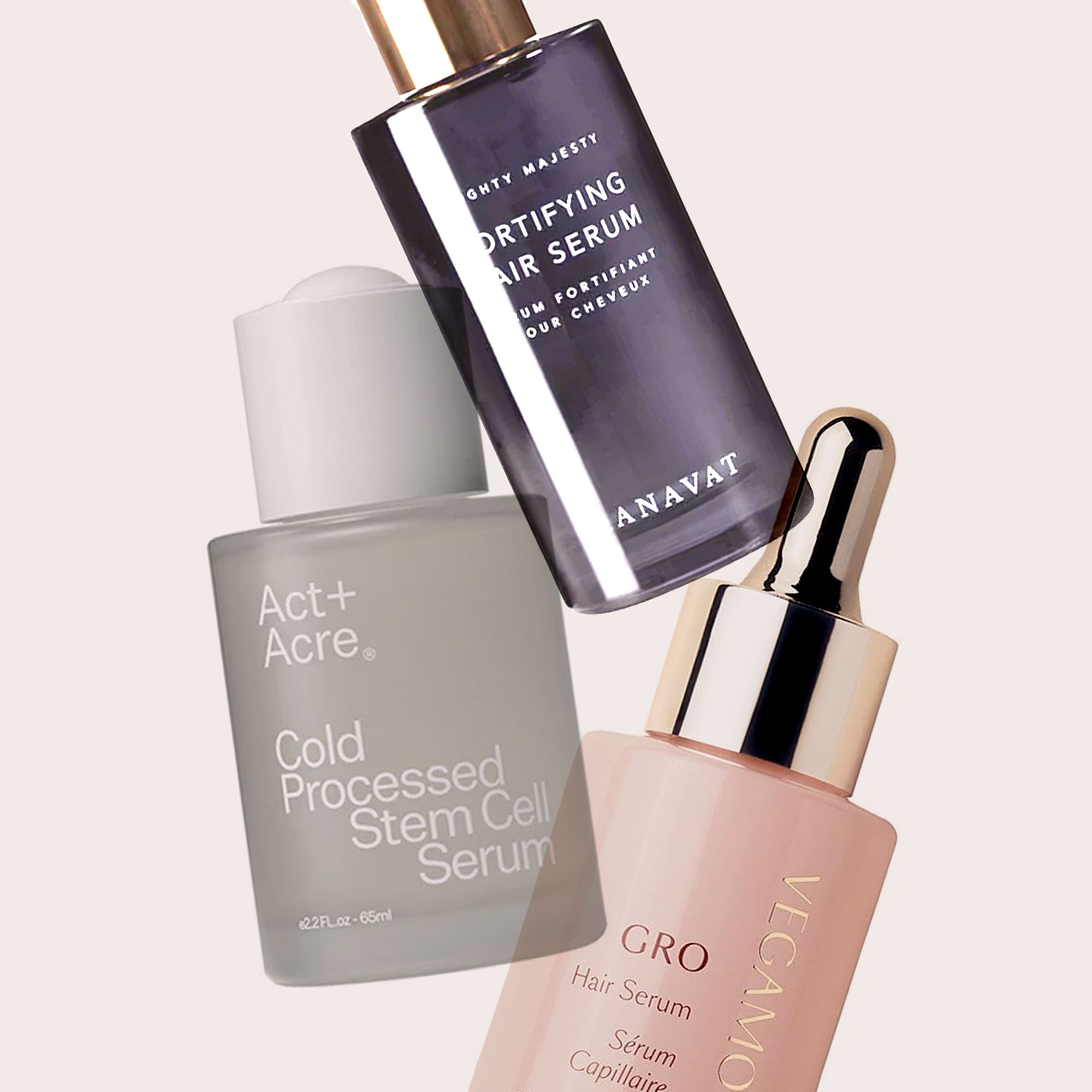
Heat protection is another big deal. If you use styling tools regularly (and let's be real, most of us do), you need a serum that can handle the heat. The best ones also fight humidity, which is basically public enemy number one when it comes to smooth hair.
The Top Hair Serums That Actually Deliver
Moroccanoil Treatment Original
This one has been around forever, and there's a reason it's still popular. The argan oil formula really does make a difference, especially if you have thicker or coarser hair. I've noticed it cuts down drying time significantly, which is a nice bonus when you're running late in the morning. It provides solid heat protection too - up to 450°F, which covers pretty much any styling tool you'd use.
The only downside is that it can be a bit much for really fine hair, so start with less than you think you need.
Olaplex No. Bonding Oil
If your hair has been through the wringer with coloring, bleaching, or heat damage, this is probably your best bet. Olaplex's bond-building technology isn't just marketing hype - it actually works to repair some of the damage while smoothing things out. Users consistently report less breakage, and it definitely helps maintain color vibrancy if you've invested in professional coloring.
It's pricier than some options, but when your hair is genuinely damaged, it's worth the investment.
Living Proof No Frizz Nourishing Oil
This one is perfect for people with fine to medium hair who struggle with frizz but don't want anything heavy. Living Proof's Healthy Hair Molecule technology sounds fancy, but it really does block humidity effectively. The 72-hour frizz protection claim isn't exaggerated - I've tested it through some seriously humid days.
What I love about this one is that it truly feels weightless. You get the smoothing benefits without any of that coated feeling some serums leave behind.
Fable & Mane HoliRoots Hair Oil
If you're into natural ingredients and Ayurvedic beauty, this is a great choice. The herb and oil blend strengthens hair over time while providing immediate smoothing benefits. You can use it before washing as a treatment or after for styling, which makes it pretty versatile.
The scent is lovely without being overwhelming, and I've noticed my scalp feels healthier since using it regularly. It's also one of the more affordable options that still delivers professional-level results.
Gisou Honey Infused Hair Oil
Honey in hair products might sound gimmicky, but this stuff actually works beautifully. The texture is light enough for daily use, even on fine hair, and it adds a natural bounce that some serums can eliminate. The honey helps with moisture retention, which means your hair stays smooth longer.

Plus, the brand has a good sustainability story if that matters to you, and the packaging is Instagram-worthy if we're being completely honest.
Getting the Application Right
Even the best serum won't work if you're using it wrong. Here's what I've learned through trial and error (mostly error, to be honest).
Always apply serum to damp hair - not soaking wet, not completely dry. That sweet spot where your hair is about 70-80% dry is perfect. And please, start with way less than you think you need. I made the mistake of using too much for months before figuring this out.
Focus on the mid-lengths and ends of your hair. Your roots don't need serum, and applying it there will just make you look greasy. Use a wide-tooth comb to distribute it evenly, then style as usual.
One trick that really works is layering a tiny bit of leave-in conditioner underneath the serum. It gives you extra moisture without the weight, and your hair stays smooth for days.
Common Questions People Always Ask
Will this make my hair look greasy? Only if you use too much or put it on your roots. Start small and avoid the scalp area completely.
How often should I use it? Daily use is totally fine and often recommended. Apply after every wash, and you can touch up with a tiny amount on dry hair between washes.
What if I have really fine hair? Look for serums specifically designed for fine hair. Living Proof and Gisou are both great options that won't weigh you down.
Can I use other styling products with it? Absolutely. Apply the serum first, then add your other products. It actually makes a great base for mousses or creams.
Picking Your Perfect Match
Your hair type makes a huge difference in which serum will work best. Fine hair needs lightweight formulas that won't create buildup. Thick, coarse hair can handle richer oils that might be too much for finer textures.
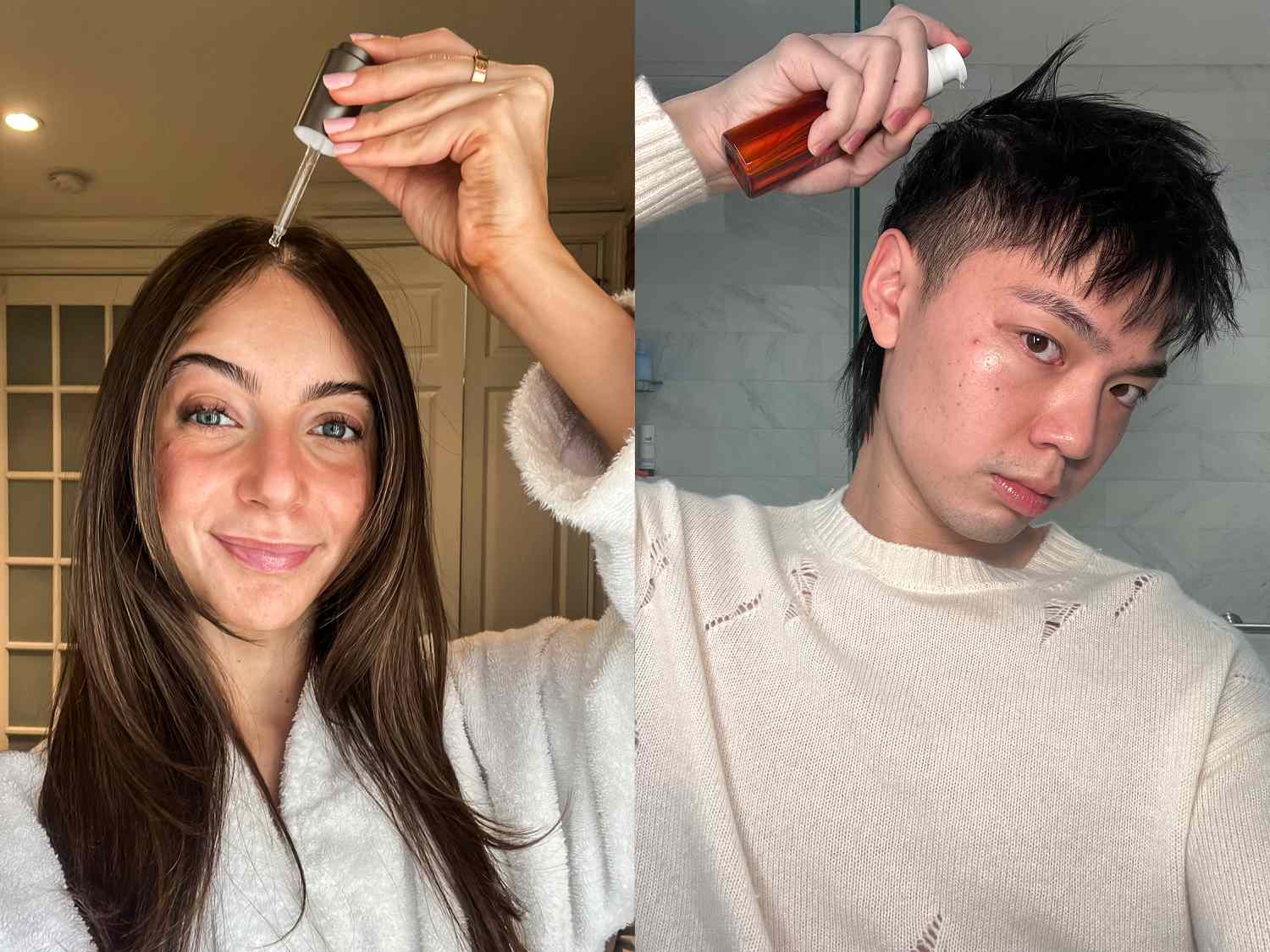
If you have curly hair, look for serums that enhance your natural texture rather than fighting against it. Color-treated hair benefits from UV protection, which several of these options provide.
Think about your main concerns too. If frizz is your biggest issue, go with something silicone-based for maximum smoothing power. If your hair is damaged from heat styling or chemical processing, prioritize repair ingredients like those in Olaplex.
Why Hair Gets Frizzy (And How Serums Fix It)
Understanding the science helps explain why these products work so well. Hair frizz happens when the outer cuticle layer lifts up, usually because of humidity, damage, or genetics. When those cuticles are raised, light scatters instead of reflecting smoothly, which makes hair look dull and feel rough.
Good serums work by filling in the gaps between those lifted cuticles and creating a protective barrier against humidity. They also help light reflect evenly off your hair, which is what creates that glossy, healthy-looking shine.
Making It Worth Your Money
Quality hair serums aren't cheap, but they're actually pretty economical when you think about it. A good serum can replace your heat protectant, shine spray, and anti-frizz cream. It also helps your hair stay manageable longer, so you might find yourself washing it less frequently.
Most importantly, using a protective serum consistently can prevent damage that would be much more expensive to fix later. Think of it as insurance for your hair.
The Bottom Line
Smooth, manageable hair isn't about finding some miracle product - it's about choosing the right serum for your specific hair type and using it correctly. The five serums I've recommended here have earned their spots through consistent performance and genuinely happy users.
Give whichever one you choose at least a few weeks of regular use before deciding if it's working. Hair health takes time to improve, but you should notice immediate benefits in terms of smoothness and manageability.
Your hair transformation really can start with finding the right serum. After years of dealing with frizzy, uncooperative hair, having a product that actually works feels pretty amazing.
